آنچه که تا حد زیادی در سراسر جهان مورد استفاده قرار گرفت و بر بسیاری از انواع موسیقی تاثیر گذاشت، اختراعی به نام ارگ الکترونیک electronic organ بود.
ارگ الکترونیک به شکلهای مختلفی ساخته شد اما آنچه به مقدار فراوان بر اوج گیری ساز تاثیر گذارد، ثبت حق امتیاز ارگ هموند Hammond Organ بود.پس از به ثبت رساندن این ساز، بیش از ۲ میلیون عدد از آن به فروش رفت. با این حال قطعات موجود برای نواخته شدن با این ساز چندان یگانه و اختصاصی هم نیستند زیرا موسیقی مناسب برای هر نوع ارگی و در هر سبکی، قابلیت اجرا بر روی ارگ الکترونیک را هم دارد.
یک ساز آکوستیک دیگر که با تقویت الکترونیکی از نیروی تازه ای برخوردار شد، گیتار که برای اولین بار در سال ۱۹۳۱ در بازار عرضه شد، سازی است که بعدها به یکی از آلات موسیقی تعیین کننده در موسیقی راک مبدل شد. گیتار اکنون در آثاری با زمینه “کلاسیک” هم شنیده میشود که نمونه آن اپرای The Knot Garden اثر مایکل تیپت Michael Tippett (1998-1905 از مشهورترین آهنگسازان انگلیسی) در سال ۱۹۶۰ است.
پس از جنگ جهانی دوم، سردمداری تولید سازهای الکترونیک در دست ژاپن قرار گرفت، جایی که تولید مدارهای جدید فشرده، ارگ الکترونیک را متحول کرد و به خلق سینتی سایزر synthesizer منجر شد، که نه تنها توانست تقریبا در تمام فرمهای موسیقی پاپ یا تجاری برای خود جایی باز کند، بلکه به ابزاری الهام بخش برای آهنگسازان نوگرایی که در زمینه موسیقی کلاسیک معاصر فعالیت میکردند مبدل شد.
سینتی سایزر آنالوگ برای اولین بار در سال ۱۹۶۴ پدیدار شد و تنها با فاصله ۷ سال مدل دیجیتالی آن هم به بازار آمد. این نوع سازها همچنان رو به پیشرفت و پیچیده تر شدن هستند و میتوانند طیف وسیعی از اصوات را تولید کنند. در واقع، مدلهای جدید، کامپیوترهایی تحول یافته اند که اصلا برای تولید صدا به کار میروند و میتوانند هر نوع پارامتر صوتی ممکن را شبیه سازی نمایند.
تا جایی که به کامپیوتر مربوط میشود، عده رو به افزایشی از آهنگسازان به استفاده از آن روی آوردند که یکی از جالب توجه ترین آنها آیانیس زناکیس Iannis Xenakis (2001-1922 آهنگساز و مهندس معمار یونانی/فرانسوی) بوده است. او که نزد دو تن از بزرگان هنر مدرن معماری و موسیقی یعنی لوکوربوزیه Le Corbusier (1965-1887 معمار و مهندس شهرساز سویس/فرانسوی) و اولیویه مسیان به کار در زمینه مهندسی و آهنگسازی پرداخته بود، به بیان ساختارهای ریاضی در موسیقی علاقمند شد.
زناکیس غالبا موسیقی خود را بر اساس نظریات ریاضی و فیزیک از جمله دنباله فیبوناچی Fibonacci sequence (رشته اعدادی که در آن هر عدد جمع دو عدد قبل است: ۱, ۱, ۲, ۳, ۵, ۸, ۱۳, ۲۱, . …) بنا میکرد. طبیعتا انجام این محاسبات پیچیده ریاضی با کامپیوتر بسیار سریعتر بود و این وسیله، ابزاری کارآمد برای او به شمار میرفت.
در زمینه موسیقی الکترونیک نیز، پس از اینکه پیر شفر Pierre Schaeffer ( 1955-1910 آهنگساز فرانسوی) ابداع کننده musique concrète – موسیقی استودیویی تشکیل شده از ترکیب اصوات ضبط شده- اولین اثر تجربی خود را در استودیوی رادیویی در پاریس و در سال ۱۹۴۸ به وجود آورد، هزاران اثر با استفاده از نوار مغناطیسی یا magnetic tape به آهنگسازی به وجود آمد. اما از آنجایی که این شیوه آهنگسازی تنها برای نوار مگنت میسر بود، به کاربردن کلمه “ساز” در این مورد کارایی نداشت. در طی سالهای دهه ۵۰ آهنگسازانی که در استودیوی رادیو کولون Cologne Radio کار میکردند به استفاده از نوسان سازها oscillator، فیلترها و تلفیق کننده ها modulator پرداختند، اما این بار هم محصول نهایی و کامل تنها بر روی نوار مگنت وجود داشت.
در سراسر دهه ۵۰ و ۶۰ استودیوهای خاصی در سراسر جهان به آزمایش و تجربه در زمینه موسیقی الکترونیک پرداختند، اما تنها زمانی که نتیجه حاصله- در آثاری از اشتوک هاوزن Karlheinz Stockhausen (متولد ۱۹۲۸، آهنگساز بحث برانگیز آلمانی)، جان کیج John Cage (1992-1912 آهنگساز و نویسنده نوآور آمریکایی) و پیر بوله Pierre Boulez (متولد ۱۹۲۵، آهنگساز و رهبر ارکستر فرانسوی)، قابلیت اجرای زنده پیدا کرد، حضور ساز در این آثار تایید شد. این گونه ترکیبی، به عنوان موسیقی الکترو آکوستیک electroacoustic شناخته شد و شیوه ابتکاری و درخشانی که در آثاری چون Répons (واکنش) اثر بوله دیده میشود ودر آن اصوات زنده ارکسترال تغییر شکل داده و با مهارت به کار برده شده اند، بدون شک بسیار زیبا است.


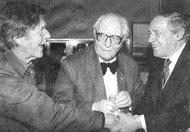
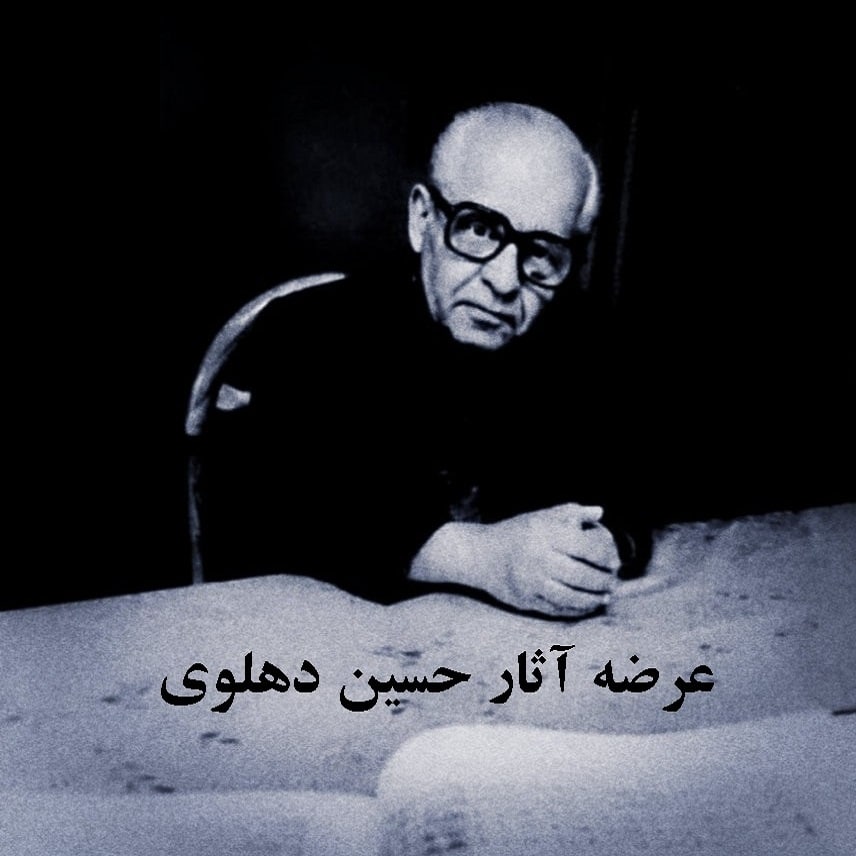
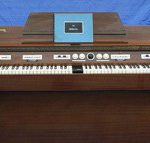
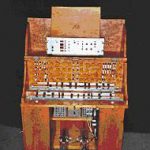
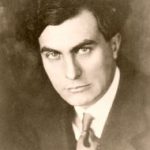

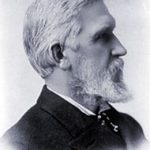









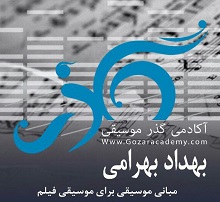

بدون شک بسیار زیبا است.
che ghadr khob
ta alan fekr nemikardam ke seadye tormoz e mashin o ajire ambulance o …mitone ziba bashe
بدون شک بسیار زیبا است.
che ghadr khob
ta alan fekr nemikardam ke sedaye tormoz e mashin o ajire ambulance o …mitone ziba bashe